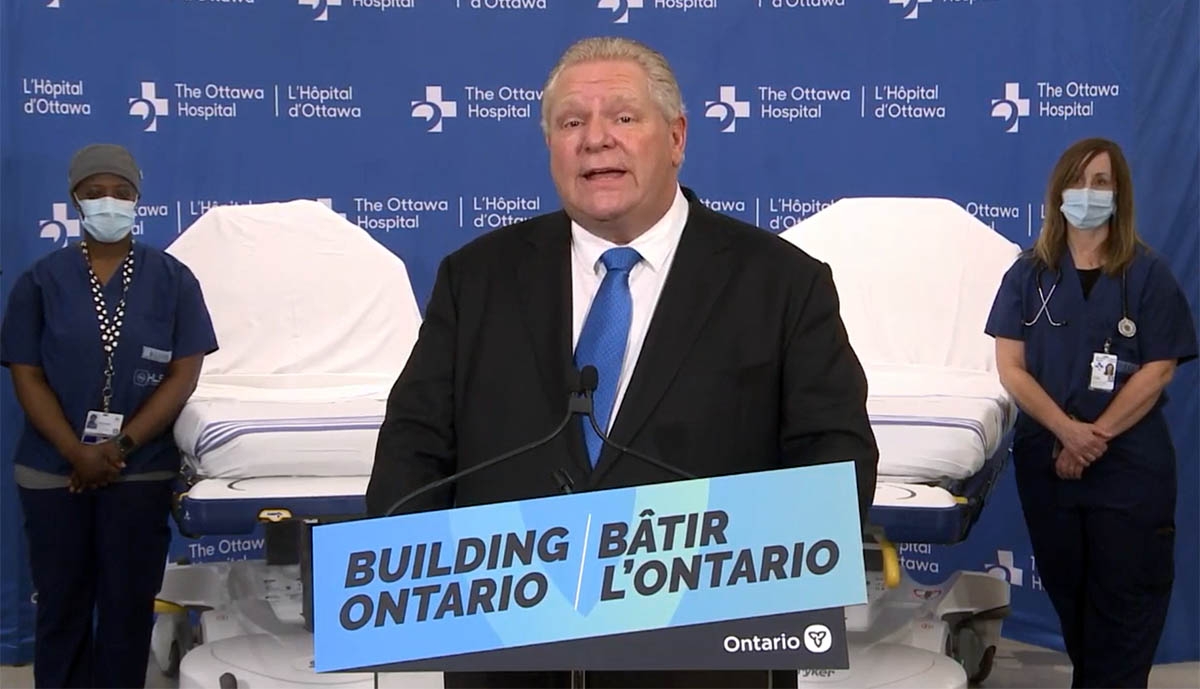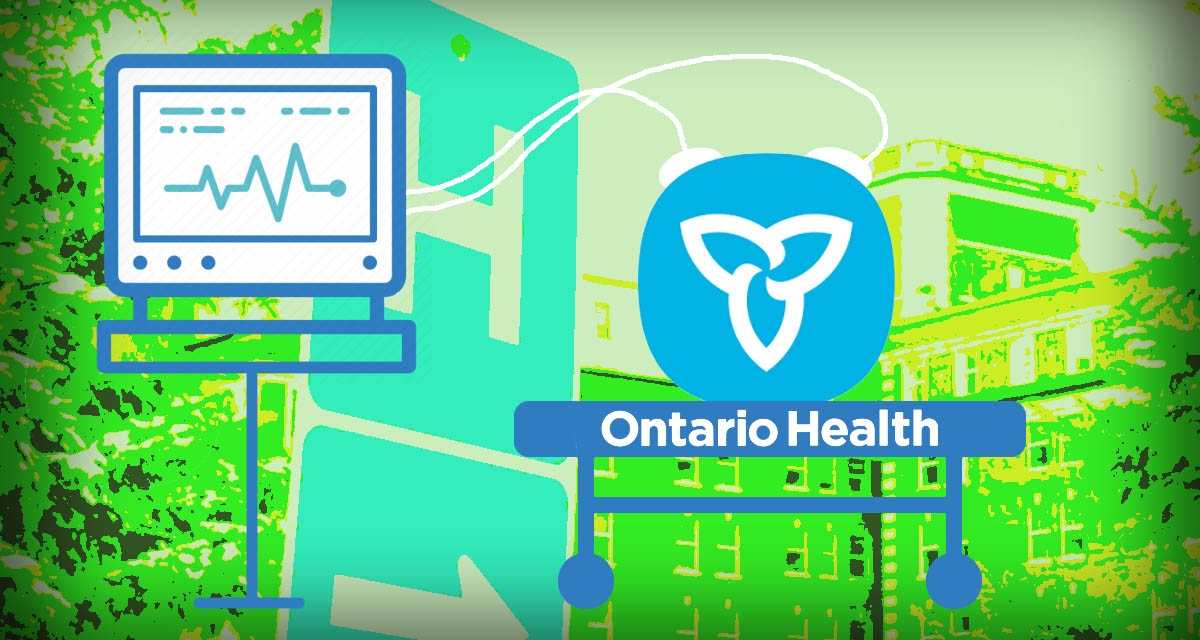
Health Reform in Ontario Must Include Oral Health
A healthy mouth is part of a healthy life.
The Ontario government’s proposed reform of the provincial health care system is going forward with a glaring omission: primary mouth care. To make this reform truly “Patients First,” Dr. Eric Hoskins, Minister of Health and Long Term Care, must include primary care for the mouth.
Dentists are not part of the primary health care system and physicians are not trained to deal with mouth diseases, such as those that affect teeth and gums. Primary mouth care is not covered under OHIP, and hospitals are not equipped to deliver dental care. Ontario only has public dental programs for low income children under 18, and a patchwork of basic services for people receiving social assistance.
If you develop extreme pain in your abdomen and think it could be appendicitis, you can get emergency care at the local hospital. If you develop extreme pain in your mouth and cannot afford to see a dentist, no such luck. Usually the emergency room physician will give you a prescription for painkillers, maybe antibiotics, and advise you to see a dentist.
How does that help? Well it doesn’t. The reason many go to the emergency room for mouth pain in the first place is because they can’t afford to see a dentist. Left untreated, mouth diseases progress and can lead to the need for more costly interventions such as hospitalization.
This is a common scenario in Ontario.
In 2014, there were almost 61,000 hospital emergency room visits for dental problems. The most common complaints were abscesses and dental pain.
It is estimated that every nine minutes a person shows up in a hospital emergency room with a dental problem. The minimum cost of each hospital visit is $513. As a result, taxpayers spend approximately $31 million annually to have physicians acknowledge that patients have dental disease that they cannot treat.
When Medicare was first introduced, primary mouth care was left out. At that time the links between poor oral health and chronic diseases such as diabetes, cardio-vascular and respiratory diseases, and the delivery of pre-term, low birth-weight babies were not established. Now we know that you cannot be truly healthy if you have diseases in your mouth.
The insufficient understanding of the importance of good oral health and the lack of advocacy for inclusion in Medicare meant the delivery of dental services remained in the private sector. Over fifty years later the disturbing reality is that too many people in Ontario do not have access to basic dental care services.
The College of Dental Hygienists of Ontario estimates that two to three million Ontarians have not seen a dentist in the past year. The main reason is the cost.
Neither the private dental system nor the patchwork of public oral health programs are meeting the needs of the most vulnerable people in our communities: low-income families and workers without dental insurance; low-income seniors and the elderly in institutions; indigenous people; immigrants and refugees; people with disabilities and people living in rural and remote areas.
We have an opportunity in Ontario in 2016 to begin to change this dismal picture.
The Health Minister is proposing the “Patients First” plan to reduce gaps in the health care system with the objective of improving health equity to ensure all Ontarians receive timely, consistent and appropriate high quality care, no matter how much they earn, where they live or what their ethnicity. Legislation is expected to be tabled in the Ontario legislature this spring, but the plan is inadequate without the inclusion of primary oral health care.
Our teeth and gums are part of our body, and poor oral health affects our overall health and well-being. The proposed plans must ensure equitable access to oral health services so that vulnerable people in our communities can get the care they need and be healthy.
How can this be done? We urge the provincial government to require Ontario’s fourteen Local Health Integration Networks (LHINs) to be responsible for ensuring access to oral health services for vulnerable populations as part of their new primary care planning roles.
Ensuring low-income people can get preventive oral care and treatment will reduce visits to hospital emergency rooms, improve health outcomes and reduce acute care health costs.
To achieve these goals in a cost efficient way, we urge the Ontario government to act faster on its 2014 promise to extend public dental programs to include low-income adults. Services should be delivered through publicly funded dental clinics in public health units, Community Health Centres and Aboriginal Health Access Centres. These institutions already serve many vulnerable people in their communities.
It’s time to bring the planning and delivery of oral health care services into the mainstream of policy discussions on Ontario’s health care system if we are to achieve better health outcomes for all Ontarians.

Jacquie Maund is the Policy and Government Relations Lead for the Association of Ontario Health Centres and an advisor with EvidenceNetwork.ca.

Dr. Hazel Stewart is the Director of Oral Health Programs, Toronto Public Health.









